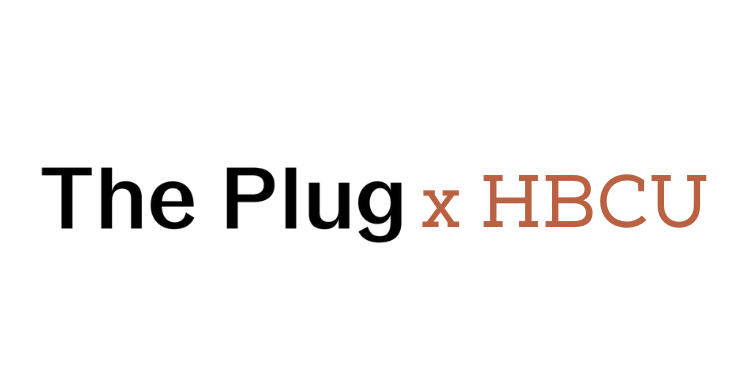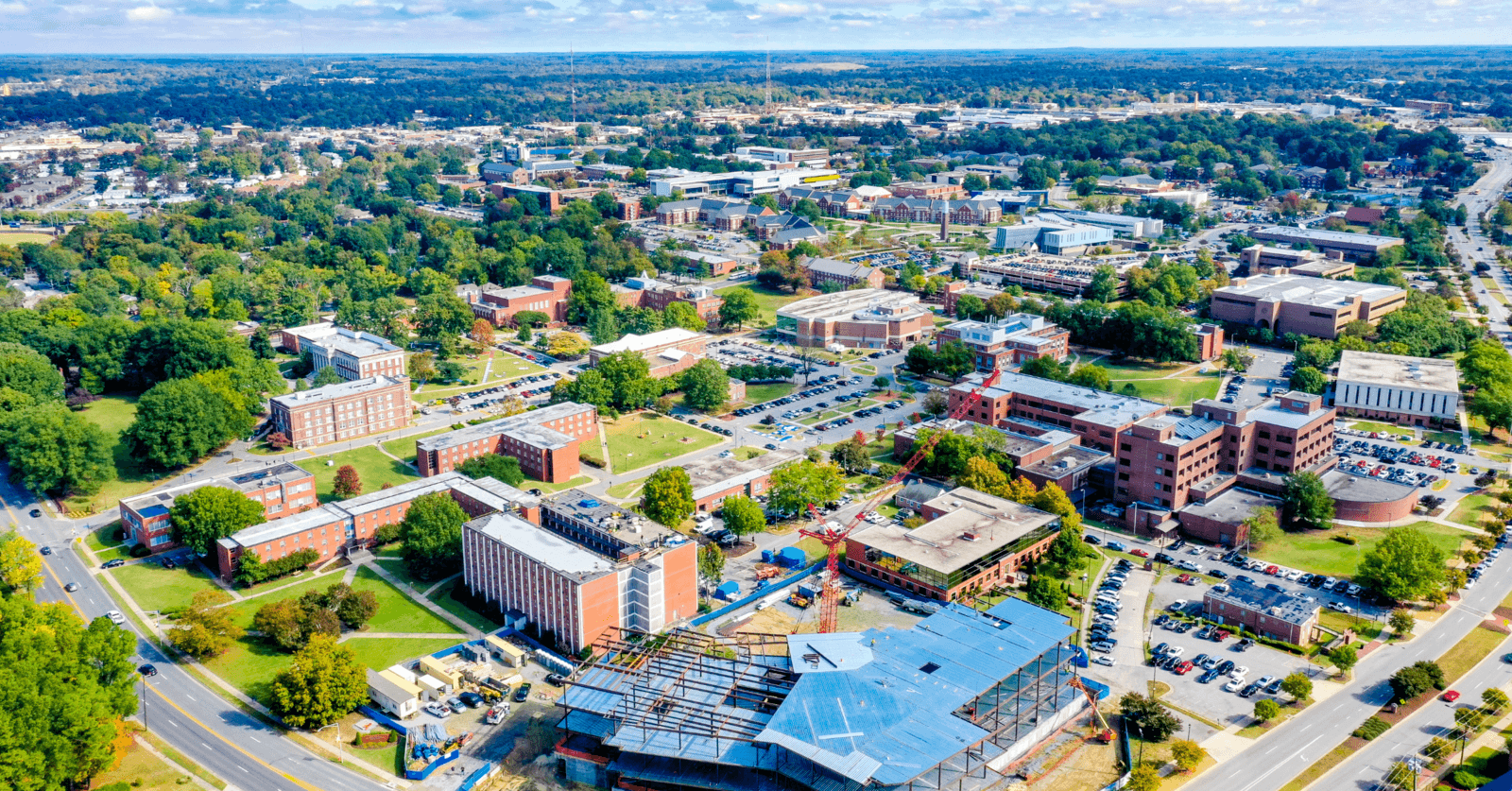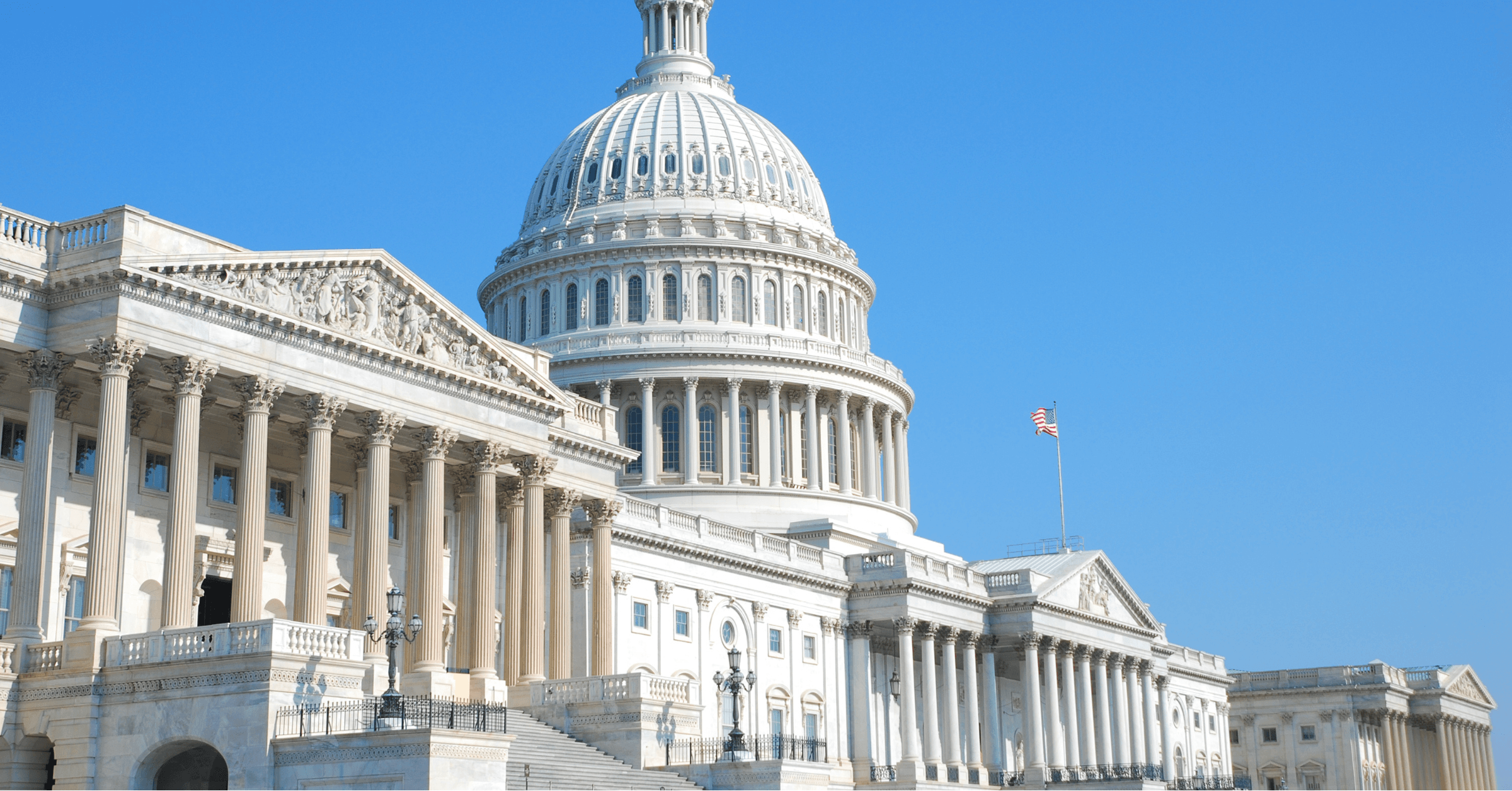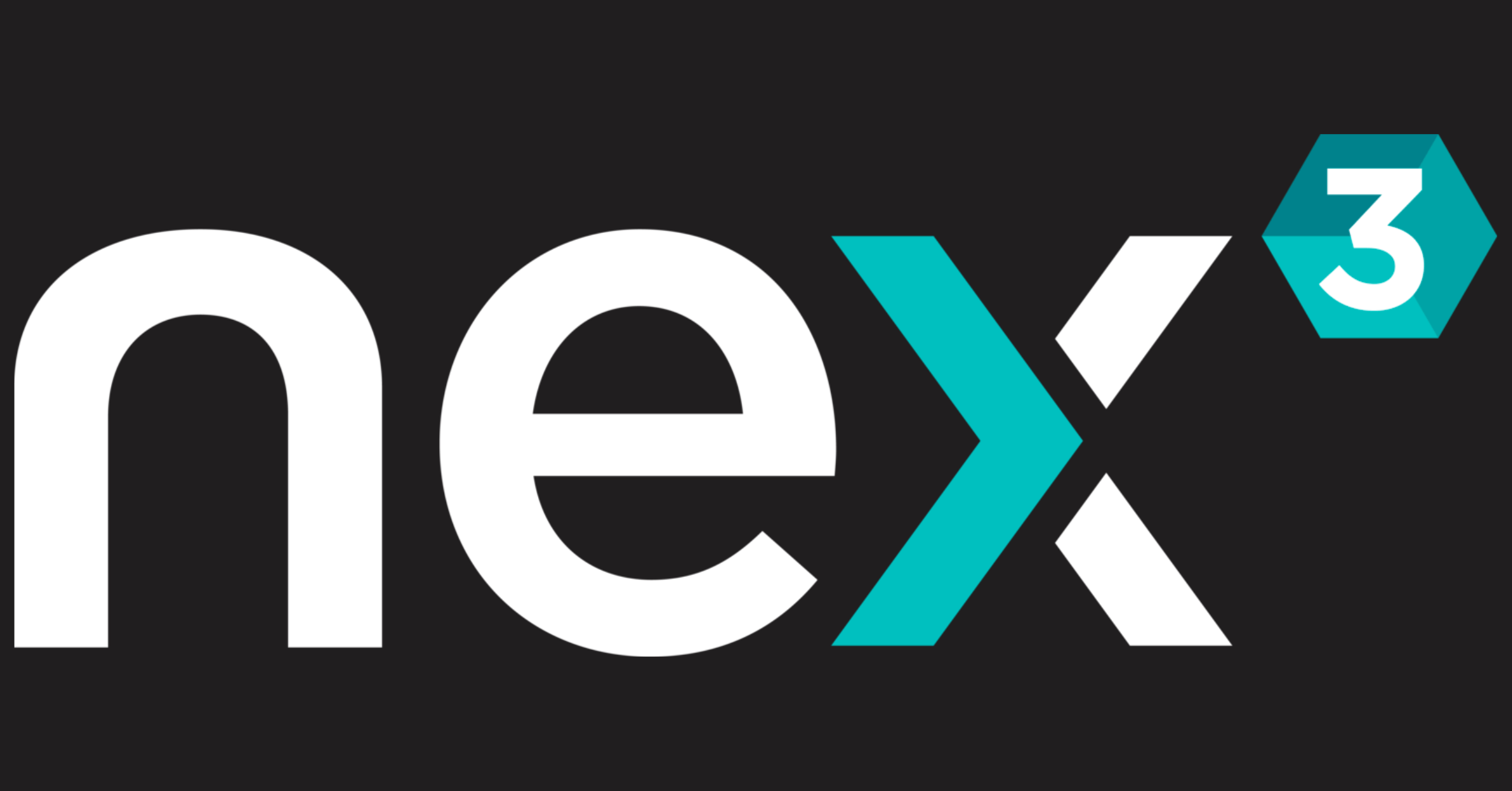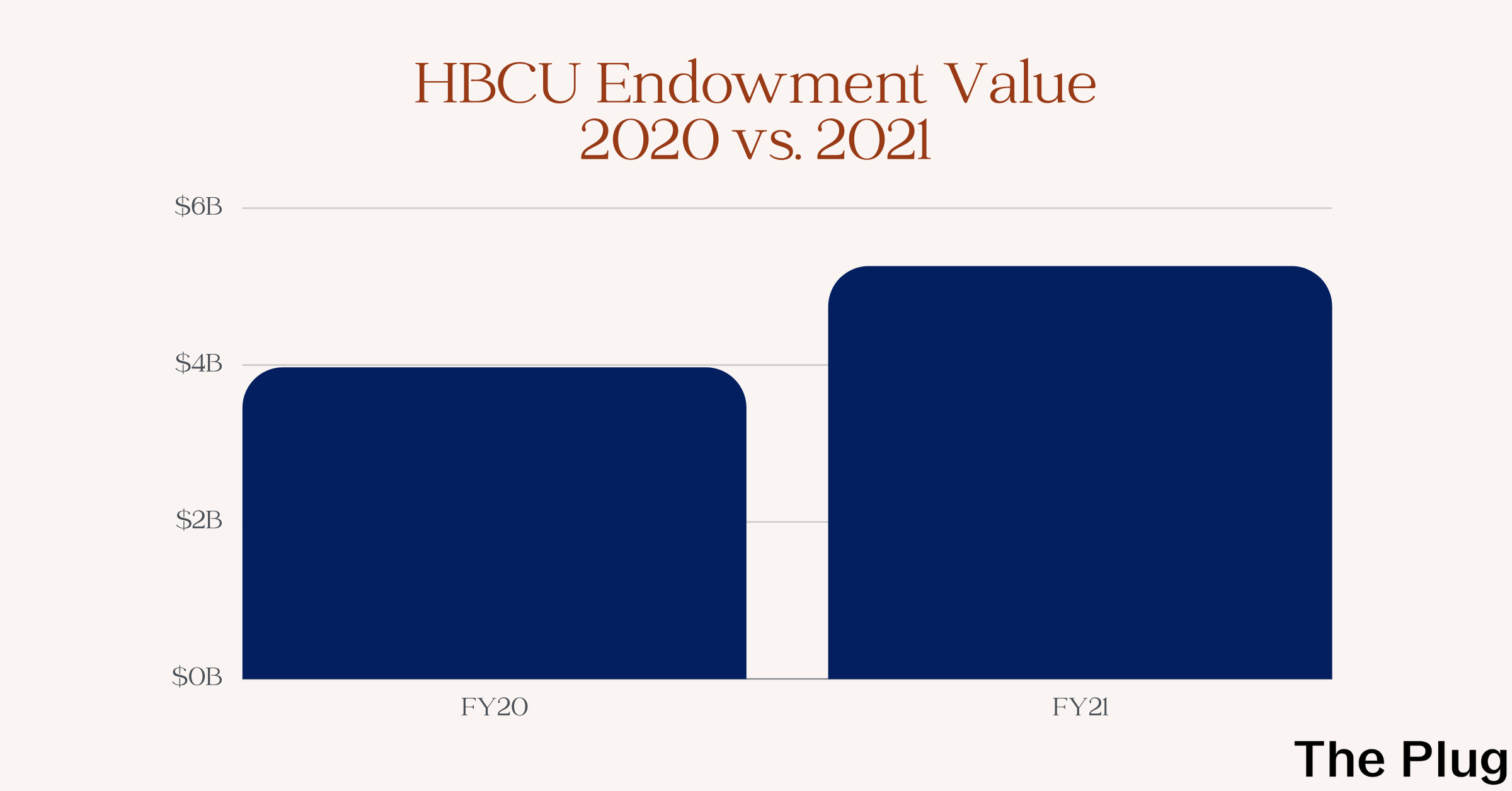Adapted from this week’s HBCU newsletter. Sign up NOW to make sure you get exclusive HBCU videos, news and analysis in your inbox every Wednesday morning.
Happy Wednesday!
As I mentioned in the postscript of last week’s newsletter, I have now been with The Plug for more than one year and I’ve published 100(!!!) articles in that time.
First off, thank you all for sticking with me as I’ve changed and tweaked this newsletter. My main goal is always to make sure it is a useful resource and worth your time.
Today I’m peeling back the curtain of my reporting and highlighting 10 articles from the past year that were either my most read, most impactful or that brought me a lot of satisfaction to write and report:
This is my most-read article of all time and dives into what I believe is one of the biggest stories brewing in the HBCU community right now: there is a massive push to get a school to finally achieve R1 status.
Everyone from the executive director of the White House HBCU Initiative (as detailed in last week’s newsletter) to lawmakers to HBCU presidents is aggressively working towards having an HBCU reach this coveted status and hundreds of millions of dollars are being poured into the effort.
It will be something I will continue to cover, so watch this space.
- Last July, MacKenzie Scott Gave $150 Million to HBCUs. Here’s Where That Money Has Gone. And Last December, MacKenzie Scott Gave More Than $400 Million to HBCUs. Here’s Where That Money Has Gone.
After Scott’s historic giving to HBCUs in 2020, I knew it was important to follow up on the impact of her cumulative $560 million donation. While some schools were reticent to talk to me, most were very willing to open up about the massive impact of the donations and gave me detailed responses to what they were able to accomplish with the money.
There are no articles this comprehensive from other news organizations following up on her giving to HBCUs, which seems strange to me considering how monumental the giving was.
This piece has become the go-to database for HBCU endowment information, cited by researchers from the Kapor Center and UNCF officials.
This reporting required me to take 20 hours of coding lessons and have multiple calls with the Department of Education in order to sift through complicated financial documents, but I’m proud that it’s been able to be used so widely. This is also the fourth-most read Plug article over the past year.
This piece is the fifth-most read Plug article over the past year. It also represents a few important reporting milestones for me: the first profile I ever wrote and one of the first times I was able to interview my subject in person (because of the pandemic).
Having these sorts of in-depth, wide-ranging conversations on the record and available for everyone to see is really important I think so that students, faculty and other people in the HBCU community can get a better understanding of their leaders’ visions. (I also have done two more profiles of the presidents of Paul Quinn and Clark Atlanta).
This article is one that took me weeks to report out, requiring multiple interviews and tracking down, then sorting through reams of Mississippi state finance reports as well as Supreme Court opinions and records, but it is one of the pieces I am the proudest of from my time so far.
As HBCUs in states like Maryland and Tennessee have agreed to multi-million dollar payouts from their state governments, I think it is important to look at examples from the past to make sure that the funding now is effective at improving the schools and lives of future generations.
I got the idea for this piece from attending a seminar during last fall’s White House HBCU Week, where I heard this little nugget of information that I wouldn’t otherwise have known without tuning in, because this is research that hasn’t been published yet, likely not for another year or two.
But these findings are monumentally important, particularly as the U.S. is in the aftermath of the racial reckoning that has pushed companies to diversify their talent. Data like this just solidifies the case that people in the HBCU community have always known: Black talent has always been around; it’s not a pipeline problem, but where companies are looking that’s the problem.
One of the biggest stories in late 2020/early 2021 in the Black tech space was the firings of Timnit Gebru, AI researcher, and April Christina Curley, a recruiter, from Google. The fallout was intense and in its wake, an organization that pushes to get HBCU students into tech cut ties with arguably one of the biggest tech companies in the world.
I think this follow-up reporting is really important to see did the controversy cause anything to change at the company in regards to HBCUs? The full answer is in the piece, but the short answer: we have to wait and see.
I am a huge fan of puzzles — The New York Times crosswords and spelling bee game are my daily pleasures. This piece came because I’ve become pretty good at noticing patterns.
Over a few weeks in December 2021, I saw that HBCUs were releasing press releases with oddly similar details — an anonymous donor, giving the same amount of money, that was over two donations, all to go to very similar scholarship programs. This couldn’t be just a coincidence, and while the nature of an anonymous gift means the donor couldn’t be disclosed, this reporting pulled together all of the pieces I was noticing.
If you haven’t realized already, I like writing follow-up pieces, especially looking at the impact of millions of dollars on HBCUs. This piece, though, came from a message from Sherrell Dorsey, founder of The Plug, pushing me to look at what the impact of this $25 million government initiative was.
What I found was interesting and pleasantly surprising: the initiative’s approach was effective. It can also provide a good example of how HBCUs can approach inter-institutional collaboration in the future.
This piece has become foundational to my reporting. I did a ton of research and pulled together studies to show what has been known anecdotally for generations of HBCU graduates but for some reason isn’t valued as highly as it should be: these schools push their students out of poverty into the middle class or higher. These schools truly provide opportunities to low-income Black students who may not have been accepted elsewhere to improve their and their families’ lives.
I refer back to the data in this piece often as I write other articles because this is an evergreen truth.

